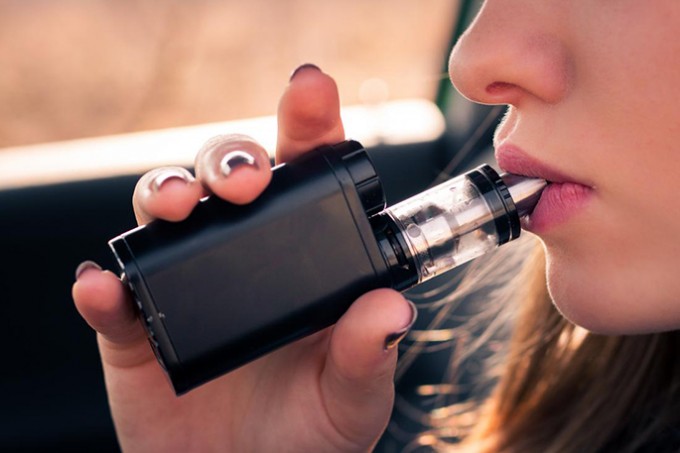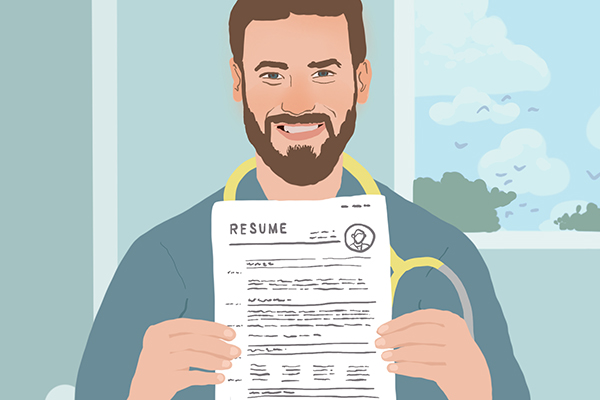Nursing & Healthcare News
Vaping Lung Injury Update
A common ingredient may become hazardous when inhaled

The number of confirmed deaths due to vaping-related lung injury has now reached 42, but there’s finally some good news: CDC researchers have identified a possible cause of this mysterious illness.
Zeroing in on a Cause
Public health officials are now calling it EVALI: e-cigarette or vaping product-associated lung injury. As of November 13, there have been at least 2,172 cases in the U.S., including 42 deaths — at least three here in California.
After examining samples from patients in 10 states, researchers have finally identified a possible common link: vitamin E acetate, an oily substance that some e-liquid makers use to dilute or thicken the liquid, especially in products containing THC (the psychoactive ingredient in marijuana).























